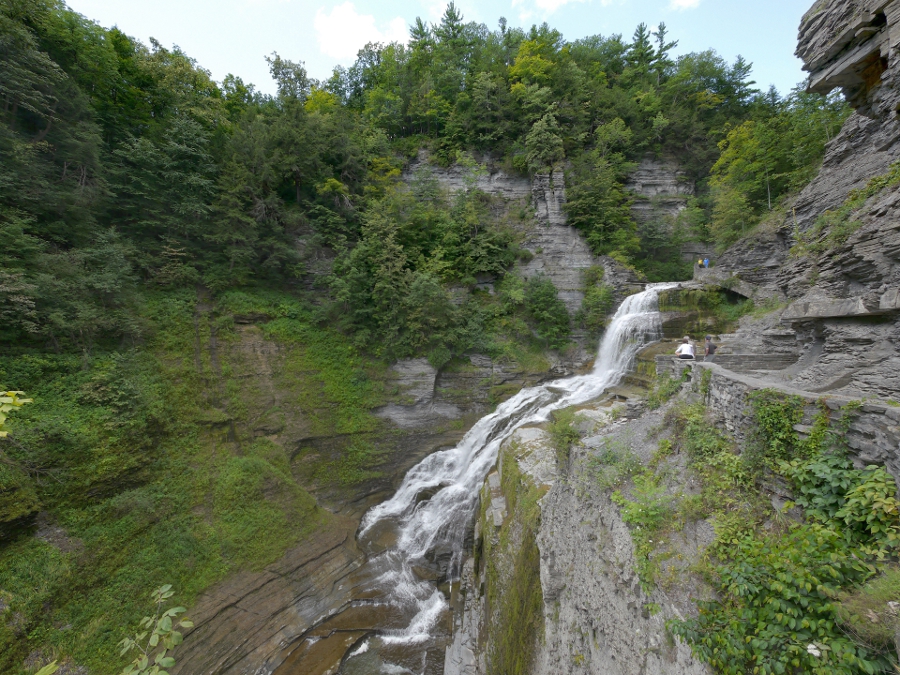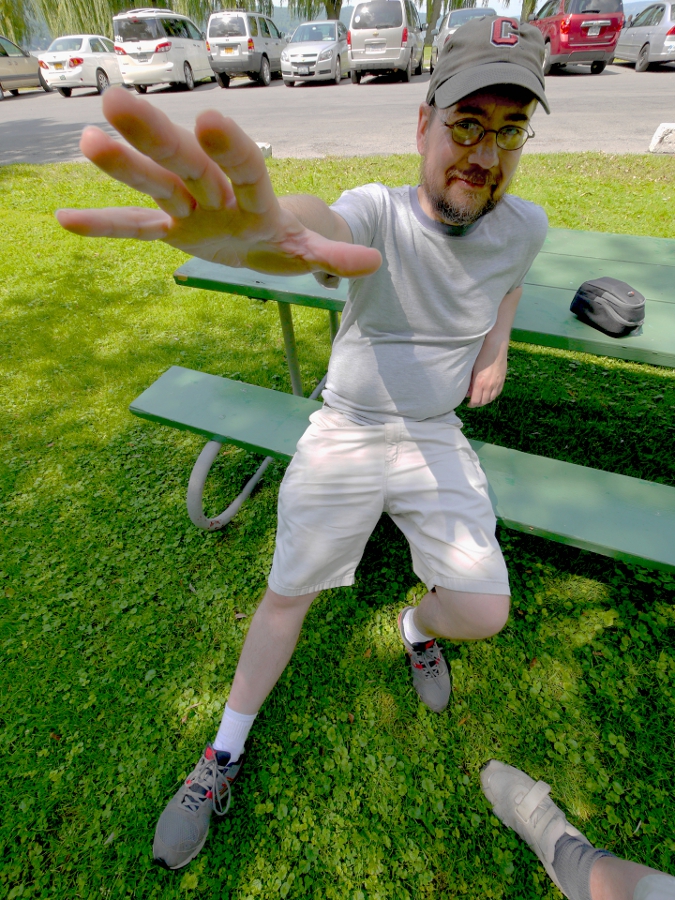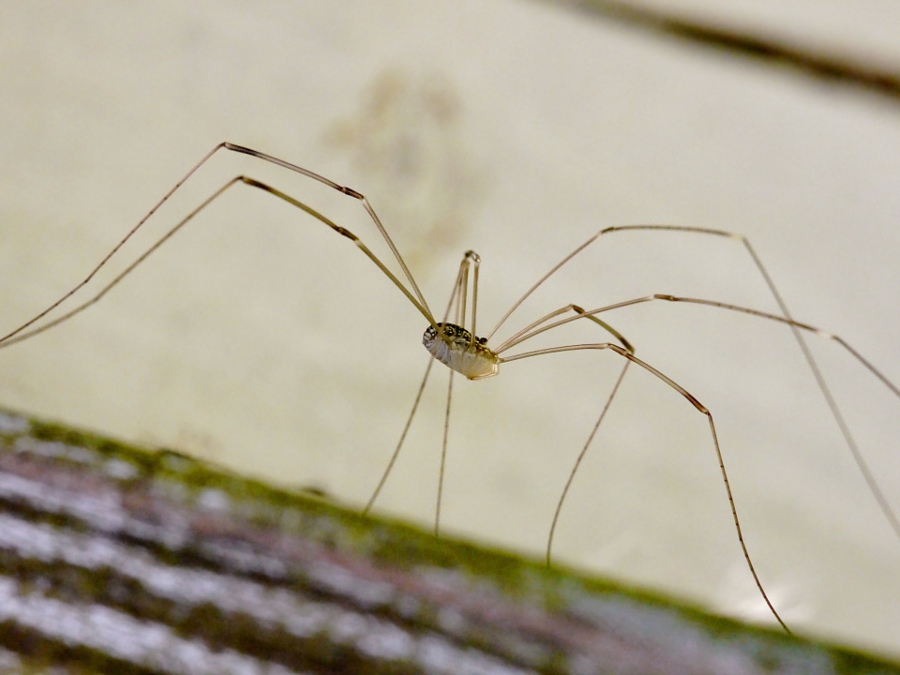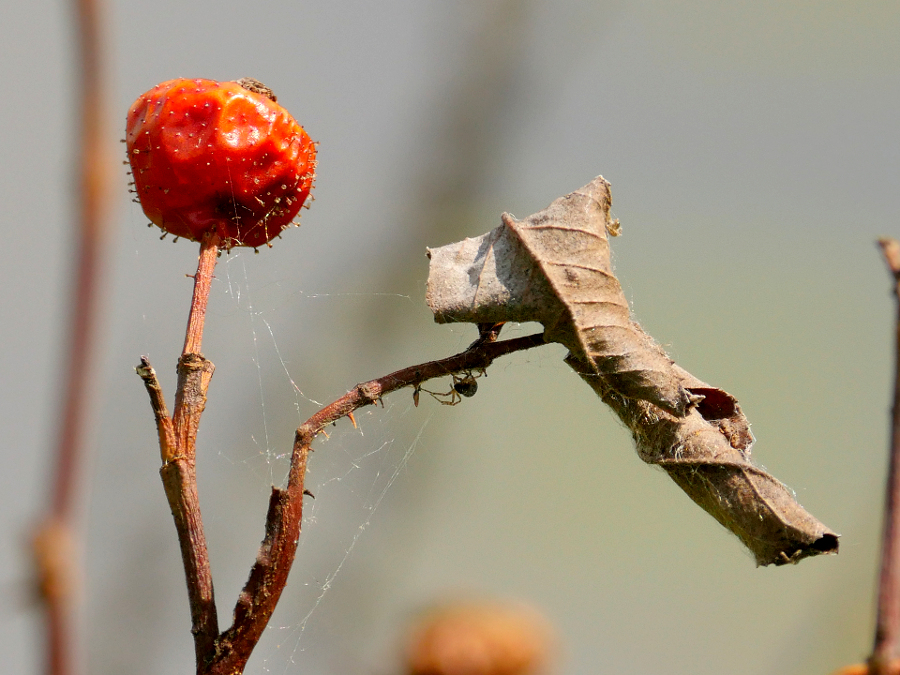INTRODUCTION:
All of this began with an effort to improve video performance (and
operational control ability) over what I could do with shooting
video with the excellent Panasonic TM700 camcorder. While the
image-quality was very good (it appeared to be the best of what was
offered by small-sensor equipped camcorders using the AVCHD 28Mbps
1920x1080-60P standard), it could be improved upon in some ways, and
I was never a fan of the TM700's menus and controls, especially when
switching between automatic and manual modes. The quest for a better
(affordable!) video camera led me to Panasonic's still cameras, the
best of which appeared (in side-by-side comparisons) to easily
surpass the competition in most respects for video image-quality. I
was headed for the Panasonic GH3, but while I waited for it to
appear on the US market, I began using a borrowed GH2 (and soon
after that I bought a small GF3) for checking lenses. As I began to
collect the lenses covered below, I also began to realize that an
interest in still photography was returning (and this has become my
third "incarnation" as a photographer...;-). During the
next two and a half years I took about one hundred thousand stills - and I have been
having great fun again with photography!
Photographers
have many different approaches to photography, but most can be
placed in two groups:
those who see photography mainly as a way to capture a viewed
reality at a moment in time, and those who mainly explore the
graphic possibilities of photography. The former group is likely
more interested in "capturing" events, portraits, and
similar; the latter group is likely more interested in exploring the
graphic possibilities of whatever is in front of the camera for
organizing compositions using forms defined by brightness, color,
and texture in the image relative to the edge-defining photograph's
frame. Those in the first group may be particularly interested in
expressions and body-language, or in the recording of actions or
activities; those in the second group are more likely to be more
sensitive to, and interested in, the nuances and effects of the
overall graphic characteristics of their photographs. Those in the
first group may be interested in isolating "subjects"
within their photographs, using such means as limited DOF, darkening
of "unwanted" areas, etc.; those in the second group
recognize that *all* parts and image characteristics within the
frame edge are graphically important, and all need to be organized
within the frame to form the graphic whole called a photograph.
Likely obvious from the photographs below, I fall into the second
group of photographers...;-)
I
used to teach photography at a nearby college, and one of the
lessons I used was to bring to class a black and white photograph
with a wide white border, a black field within it, and a lemon in
the middle. I would hold it up and ask the class what it was. The
answer was invariably, "a lemon". On the blackboard I
would then start a column, and ask for descriptions of the
"lemon's" characteristics. We would often have about 25 to
30 characteristics relating to color, shape, size, weight,
thickness, tearing, folding, squashing, taste, smell, feel,
construction materials, and anything else we could think of at the
time. I would then pull out of my pocket a lemon (the fruit...;-)
and ask the same question about what it was. The same answer would
also invariably come back, "a lemon". So we would then, in
a column next to the first, describe the equivalent characteristics
of the second "lemon" as carefully as we could, lining the
answers up the best we could with the corresponding characteristics
of the first "lemon". There would be *NO* characteristics
that exactly matched! None at all! So, I would hold up the first
"lemon" again, and ask what it was. Generally it would
take a while, but eventually I would hear it, "a photograph of
a lemon", and I would clarify that to, "a photograph that
happened to be taken with a lemon in front of the camera, but which
recorded NOTHING accurately about that lemon". The point of the
lesson being that a photograph is a new object which has its own
(graphic) characteristics, and that a photograph is a rather poor
medium for accurately recording the characteristics of what was in front
of the camera at the time the photo was taken. Further, photographs
"lie egregiously", since people assume that they do record
things accurately, when "in reality" they rarely record anything at all
accurately. The further point is that being a graphic medium, the
photographic characteristics may be modified at will for ends other
than "to record things". Also, that ALL parts within the
frame of the photograph are "subject", since nothing else
is "real" or "recorded accurately" - although
the graphic image called a photograph may well remind the viewer of
what may have been in front of the camera when the original image
was taken with it. While this does free the photographer to go as
far away from the "reality" of what was in front of the
camera, I prefer to go not TOO far away from that with my own
photographs - but that is simply *my* choice only...;-)
In terms of my personal choices for photographic gear, I now prefer
light, compact, and pleasant-to-use tools - but they must also be
very able, with the fewest practical limitations possible (and they
must also not be so expensive that I cannot buy them!). This led me
to the Panasonic MFT gear for both stills and video (and to the very
compact Panasonic LX7 for stills), and I now have gear that can
cover from 180-degrees of view in a single photo (or more, with
using panorama-mode), to the tiny field of view of a 2,000mm (35mm
FF-equivalent) lens, with most of it being hand-holdable even with
very long focal-length lenses, and some of it is capable of
photographing very small objects - and all of it is capable of
producing excellent results. Since I recognize that any and all
parts of a photographic image should be capable of being sharp and
free from annoying digital faults (such as visible chromatic aberrations),
some choices in gear were eliminated (some of which are
commonly-used, expensive, with great reputations, and preferred by
others - but I'm a "nit-picker" when it comes to my
gear...;-).
Below are a few photographs taken with the Panasonic LX7, GF3, G5, G6,
and GH4 cameras - and, due to my being a "lens-nut", they
are organized in groups according to what lenses were used for
taking them, with links below for jumping to particular groups. I
hope you have as much fun viewing them as I did taking them!
|
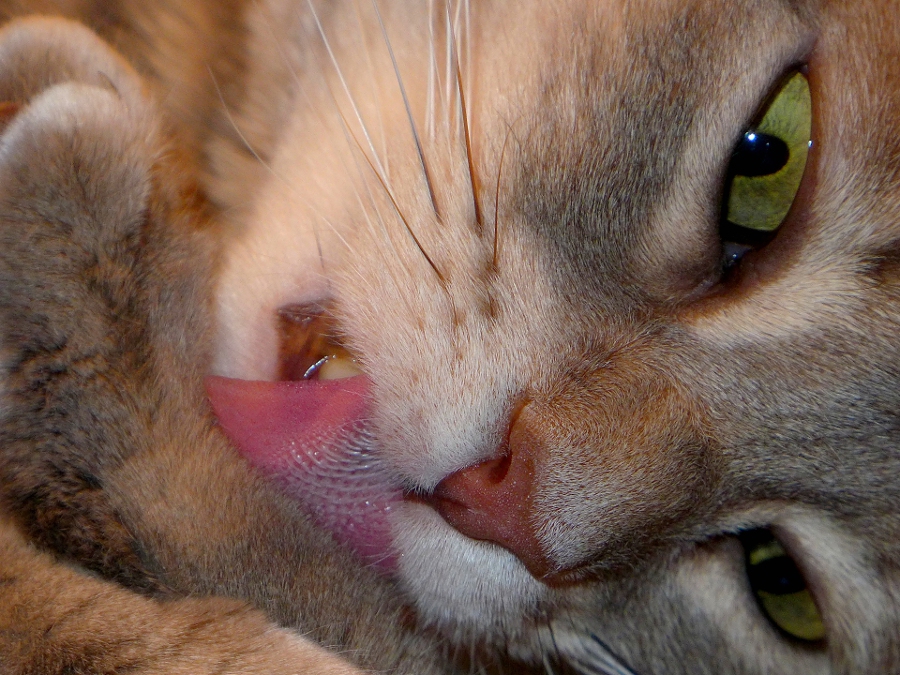
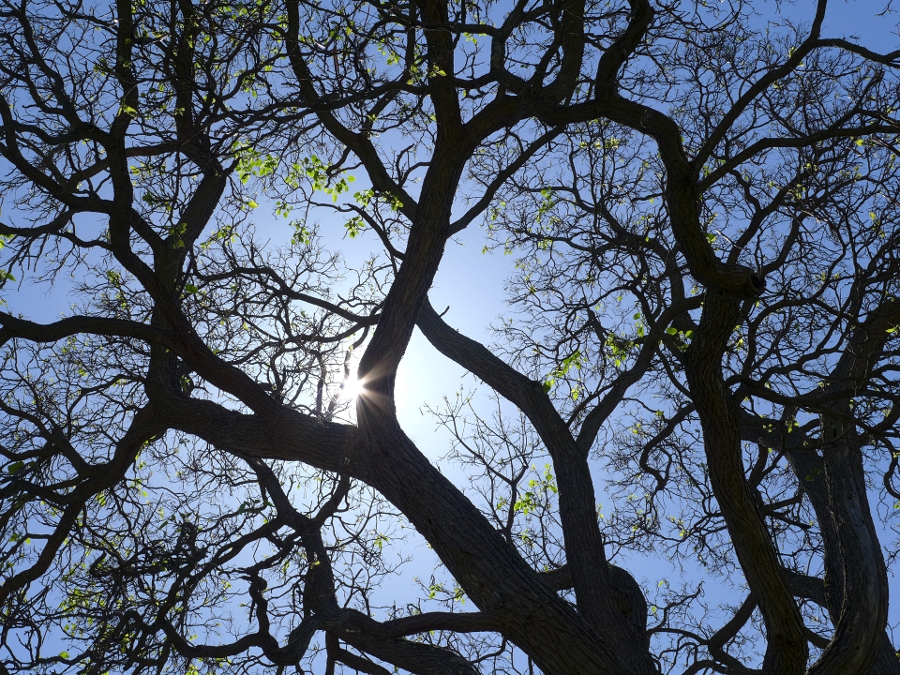


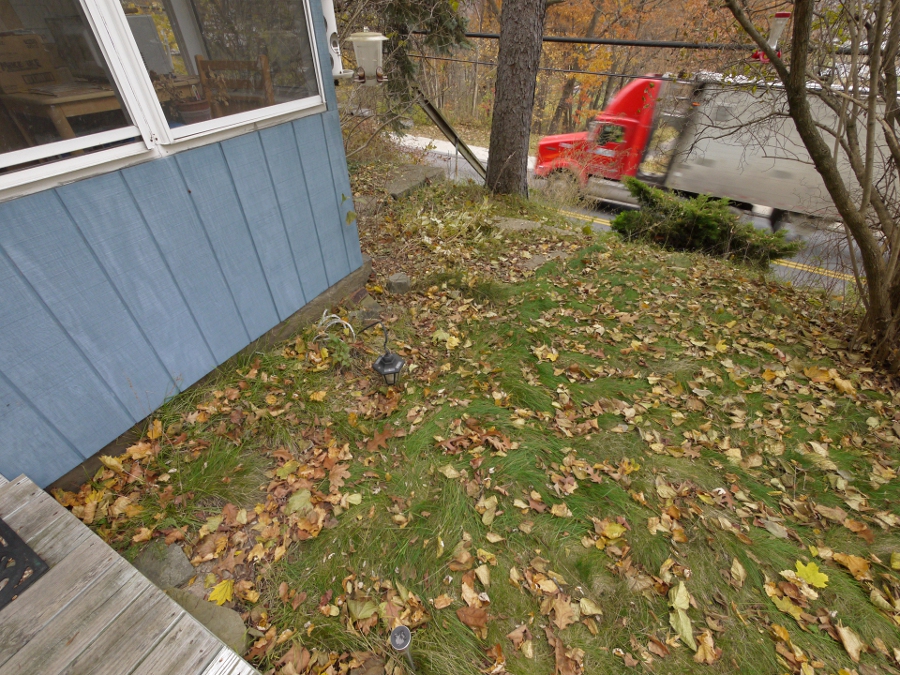
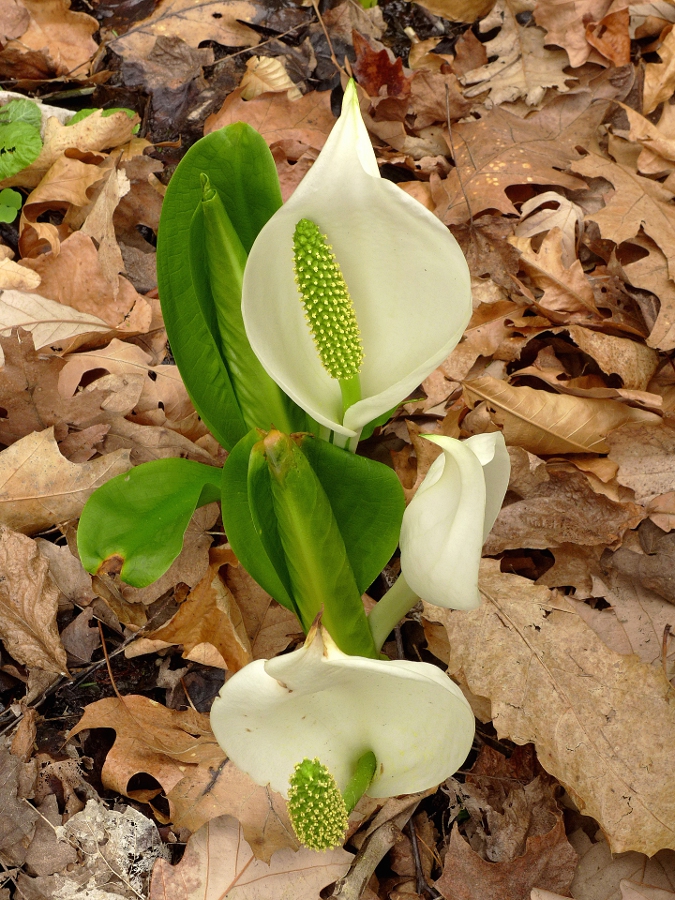
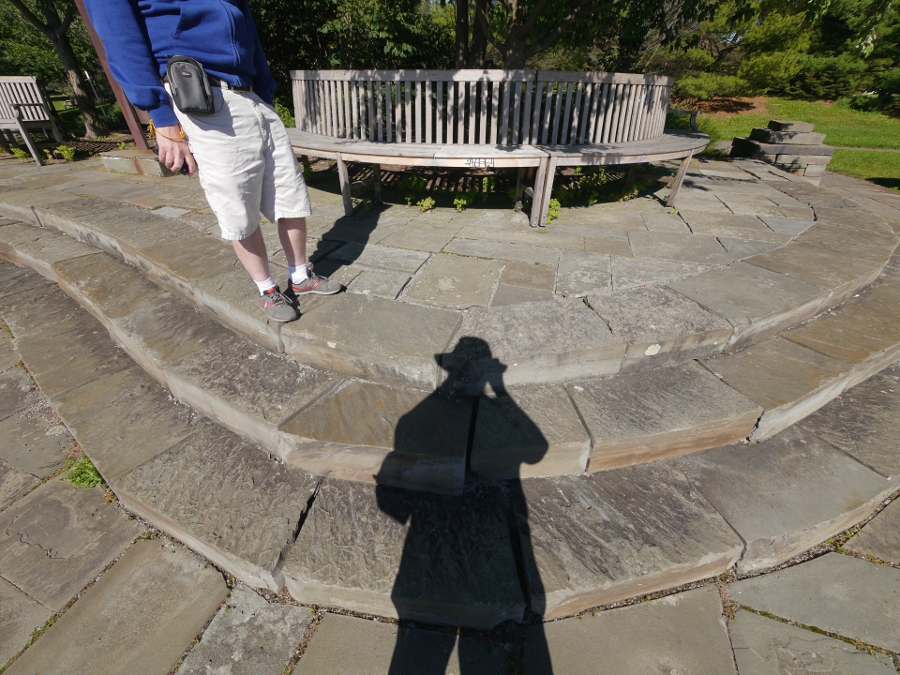
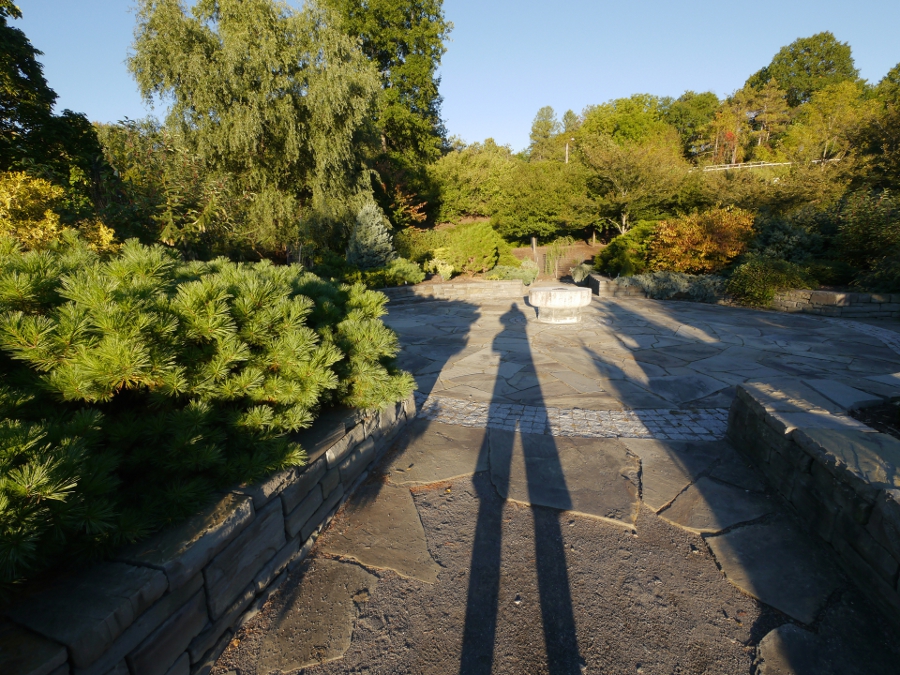
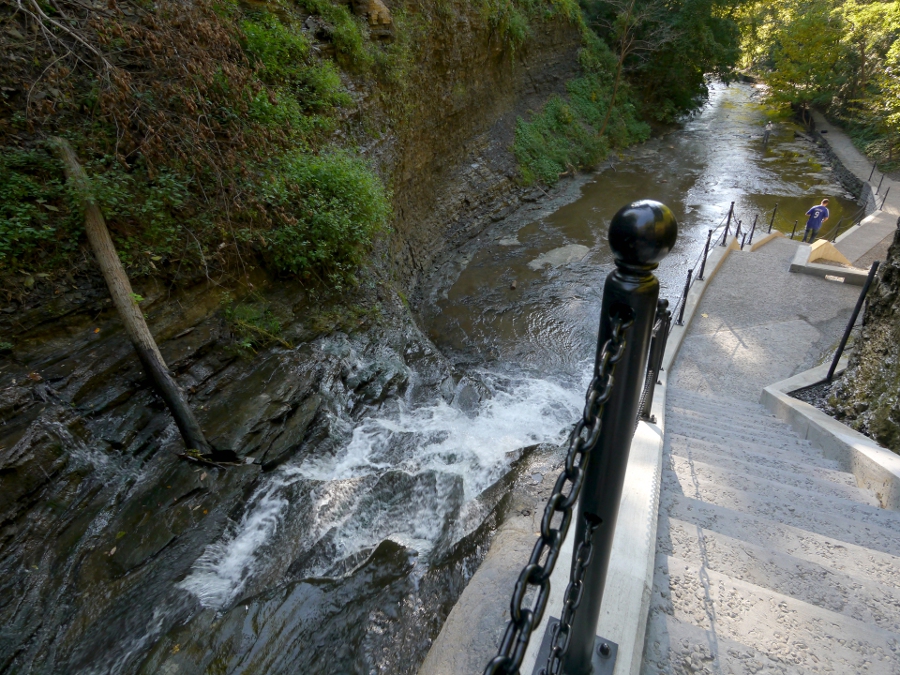
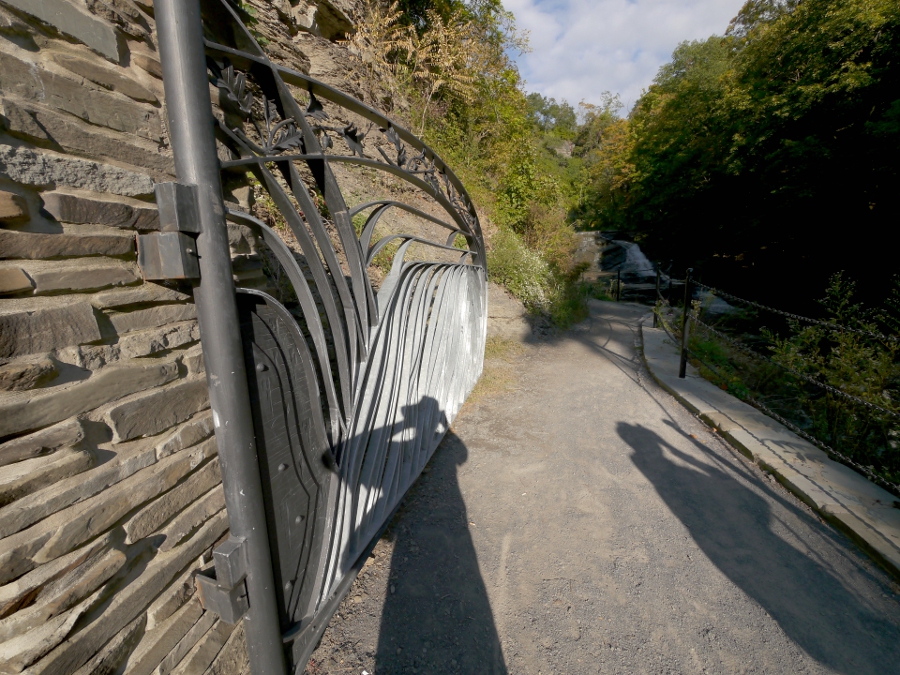
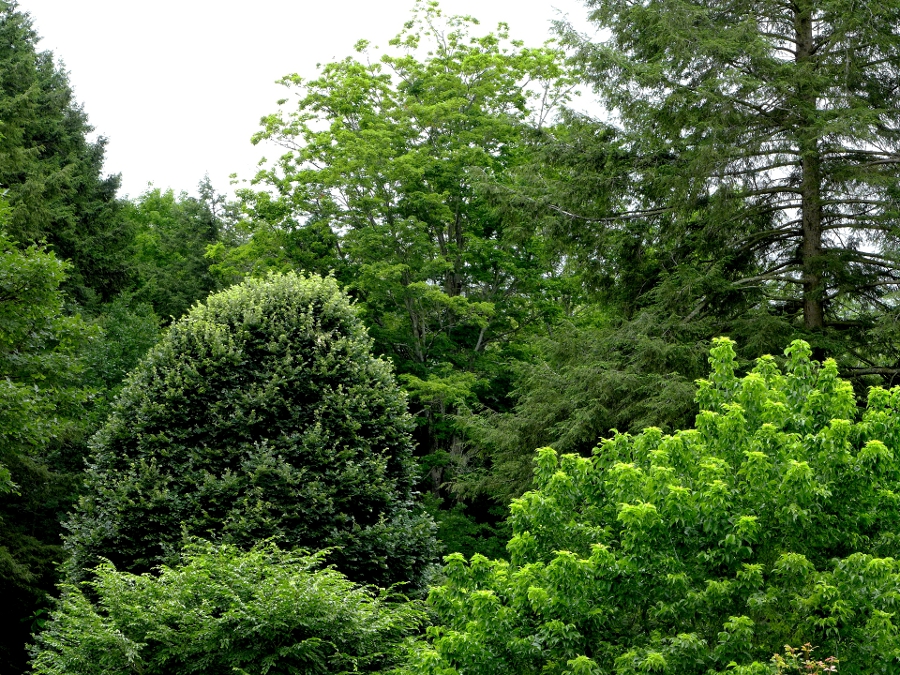
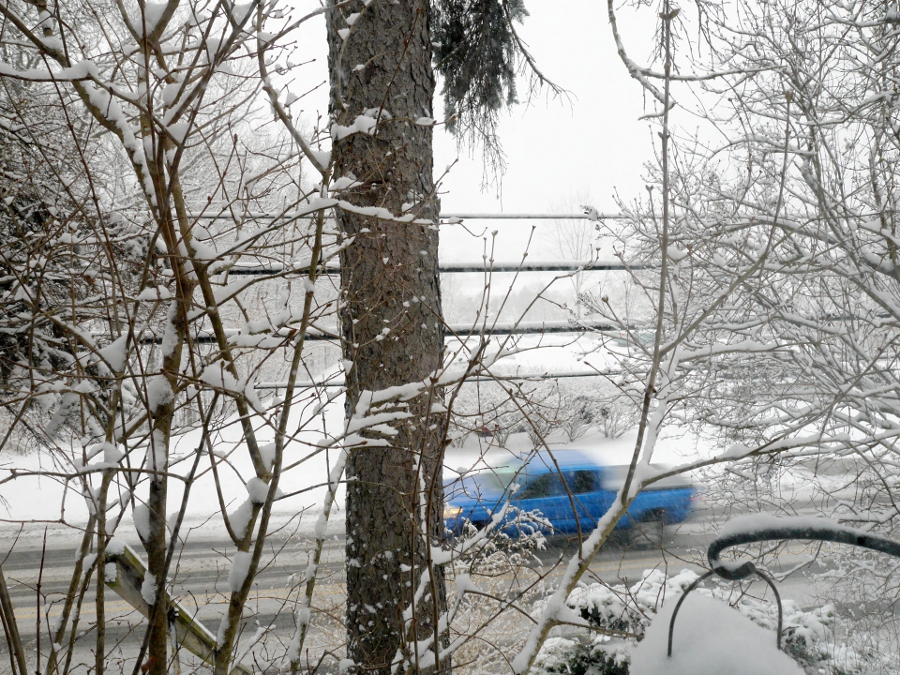
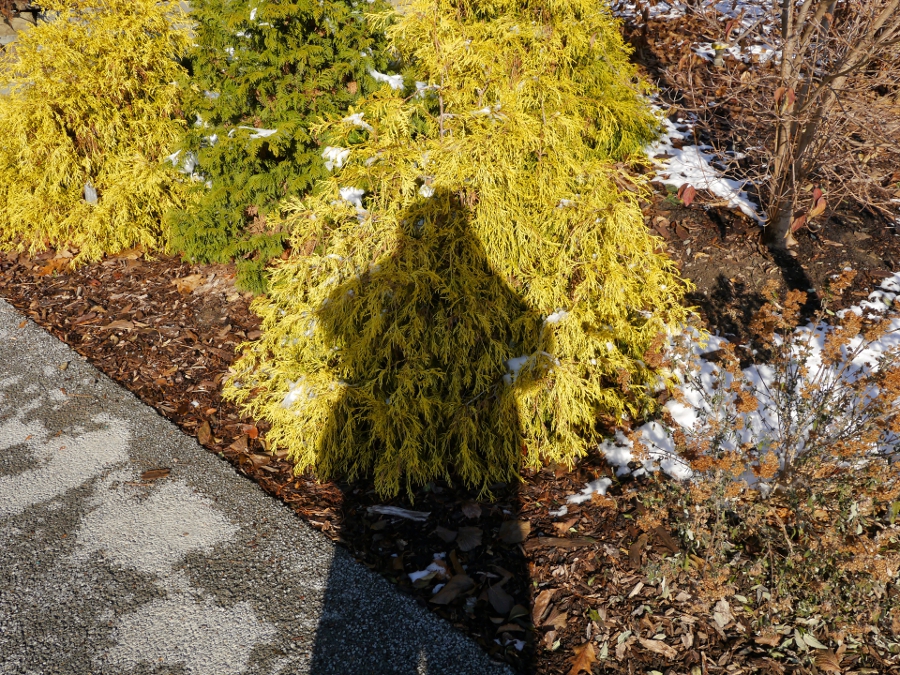
-modA-small.JPG)
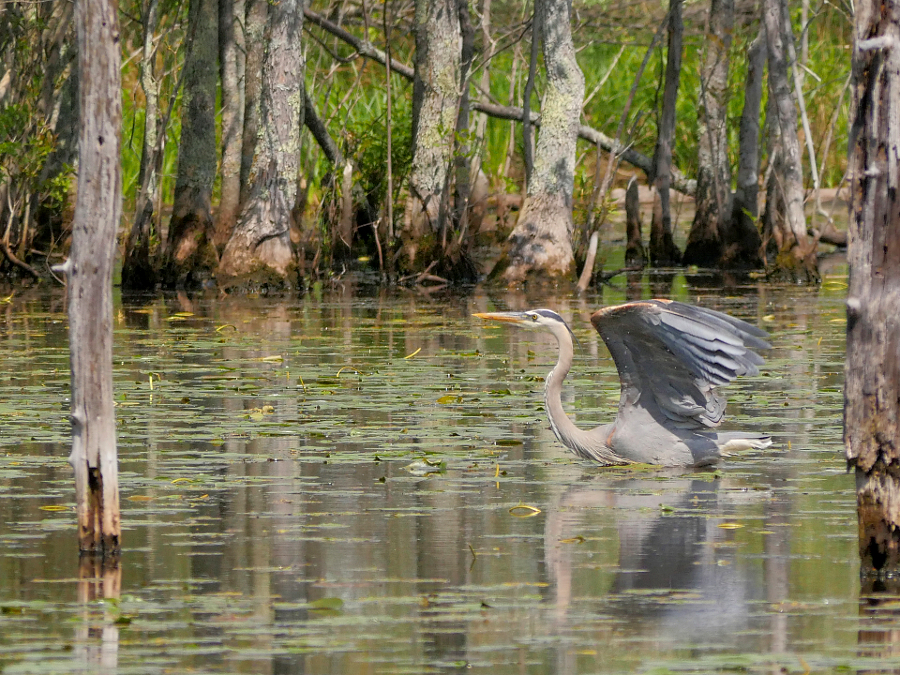
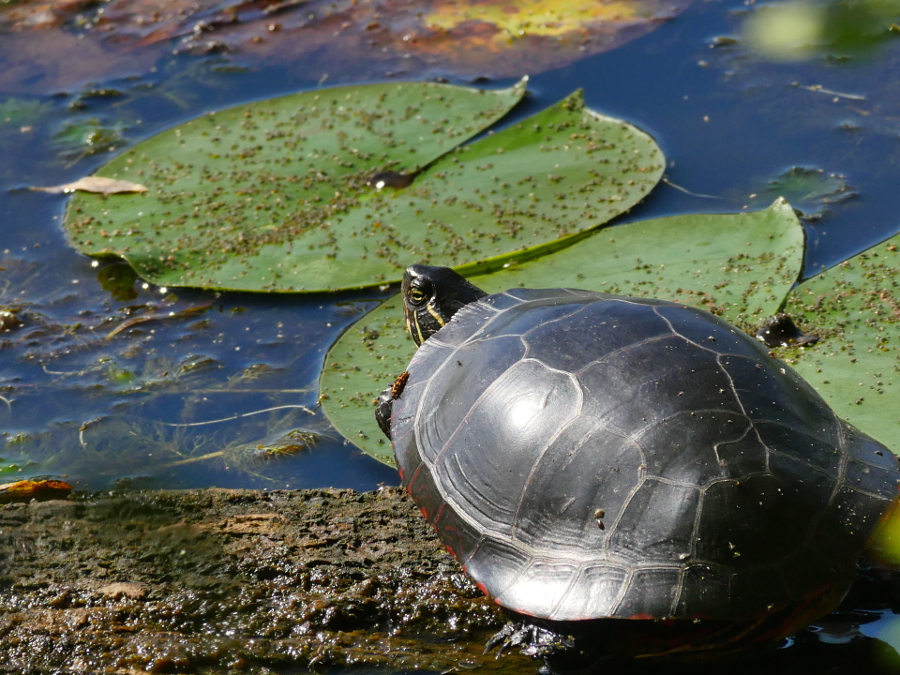
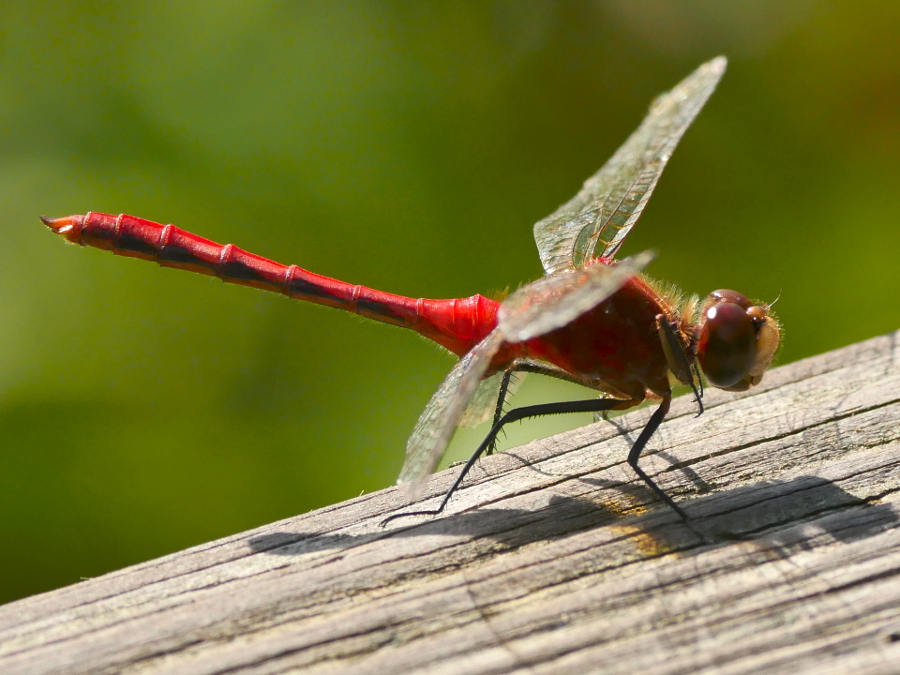
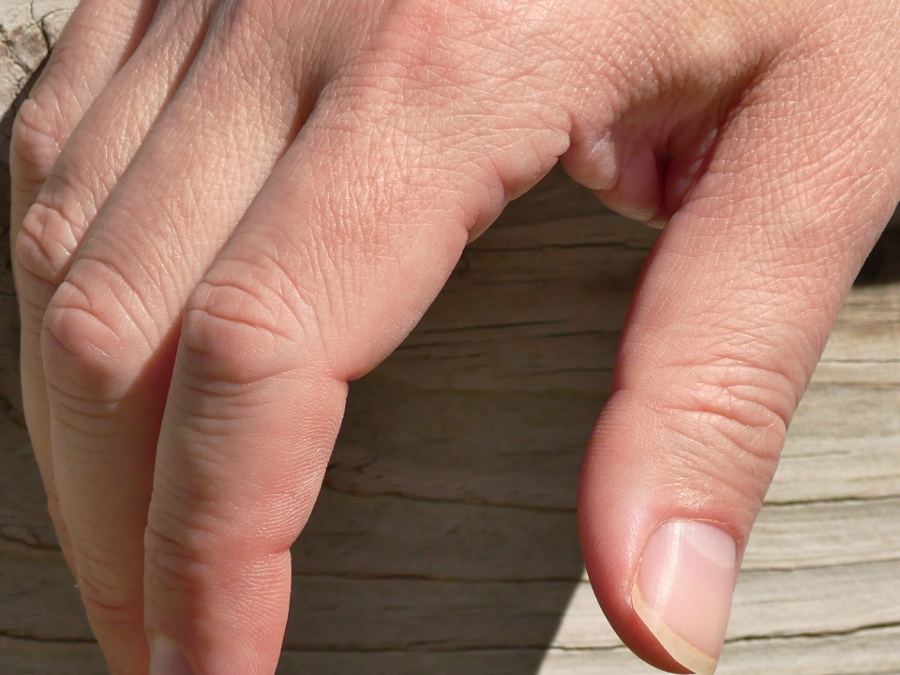
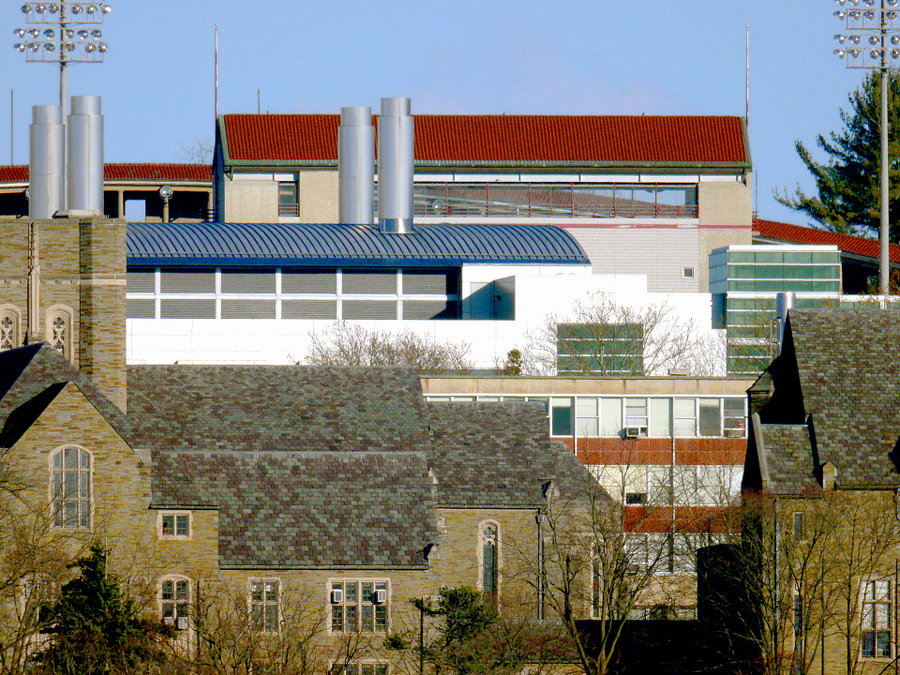
-small.jpg)
-small.JPG)
